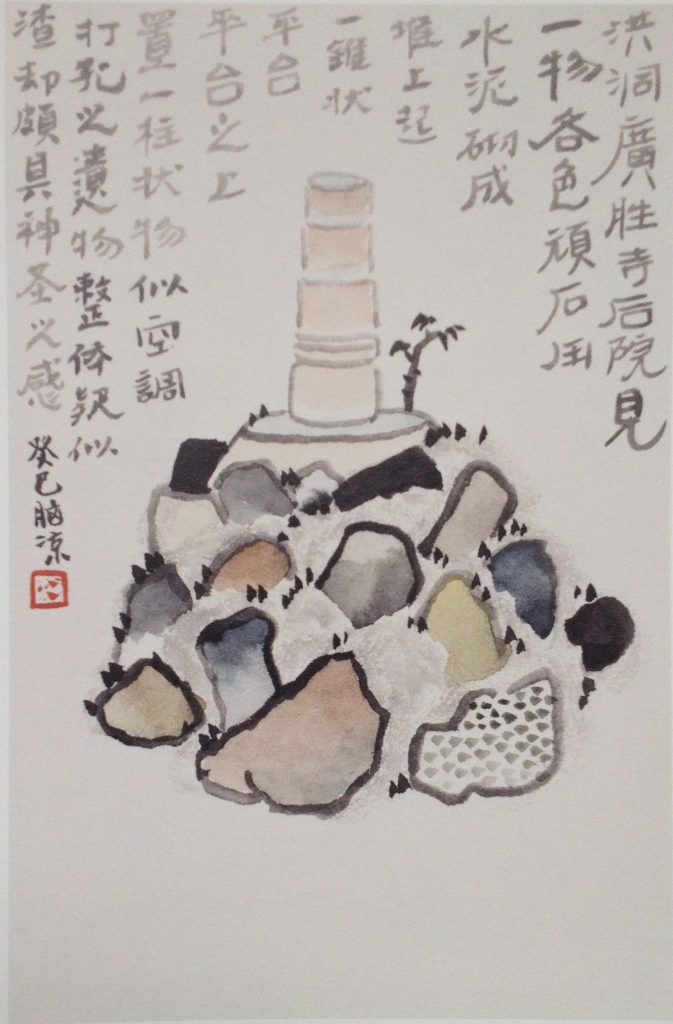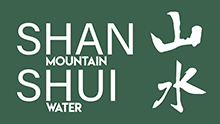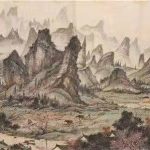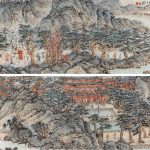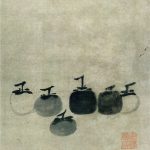《谈谈“旧水墨”》- Talking about the “Old Ink Art”
By; Hu Bin 胡斌
Translated by; Giacomo Bruni
这些年,“新水墨”的确是毫无疑义地火起来了,尤其是2013年底在大都会美术馆举办的“Ink Art”展很是让国人欢欣鼓舞了一番。一时间各种论述新水墨的文章
喷涌而出。在这里,我想换个角度谈谈水墨。即如何看待与新水墨相对的旧水墨?
In recent years, “New Ink Art”, Xin shuimo “新水墨”, movement has indeed become popular, especially after the Ink Art: Past as Present in Contemporary China exhibition held at the Metropolitan Museum of Art at the end of 2013, which strongly encouraged Chinese artists to work in this direction. All kinds of articles and studies on the Xin shuimo movement spurt out all at once. Here, I want to talk about ink and wash from another point of view, specifically on the matter of how to treat the relationship between the old ink and the new ink art.
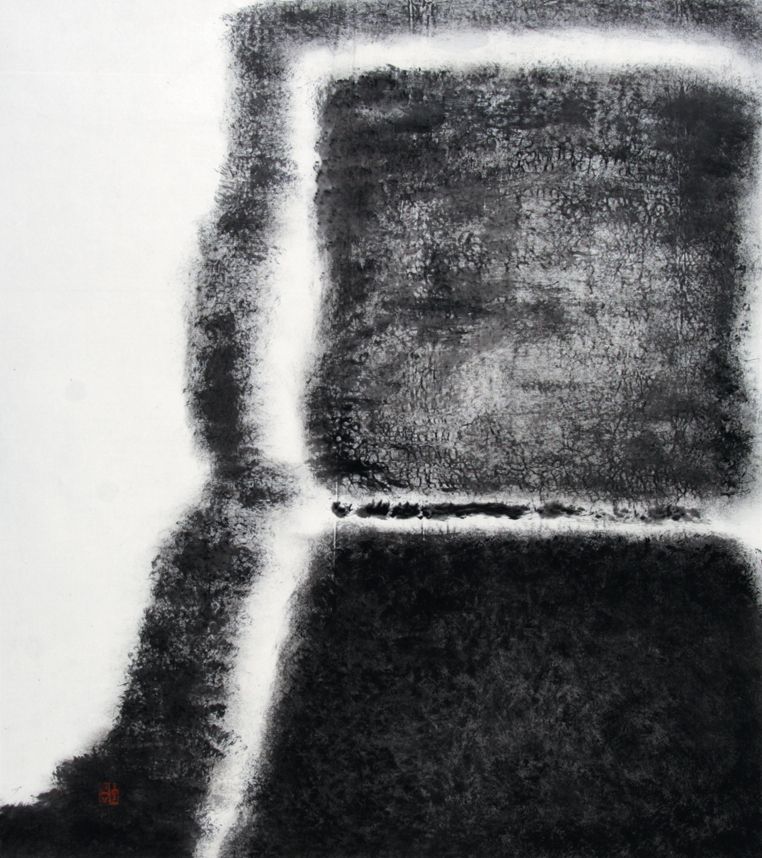
所谓新水墨,这个非常宽泛的概念,囊括了近三十年不同于传统水墨、学院写实水墨的所有水墨新探索。实际上,它不仅限于水墨媒材领域,在更广泛的艺术探索中使用了水墨元素或意韵的实验都被归到这个宏大的概念底下。这一板块的崛起,在文化心态上是因为它一边联系了中国传统,另一边又体现了当代的新变化,符合了中西方对于“非西方中心主义”当代艺术的共同企盼。
The so-called “New Ink Art”, it is a very broad concept, that encompasses all new explorations in ink and wash that are different from traditional ink and wash or the academic realistic ink approach of the past 30 years. In fact, the “New Ink” is not limited to the field of ink art media. It’s a more experimental approach that uses and practices ink and wash elements, its aesthetic conception and charm in a wider range of artistic explorations, and all these kinds of visions are attributed to this grand concept. The rise of this sector is due to its cultural mentality, because it is connected with Chinese tradition on one side, and on the other it embodies new contemporary changes, which is in line with the common desire of China and the West for a “non-Western centrist” contemporary art.
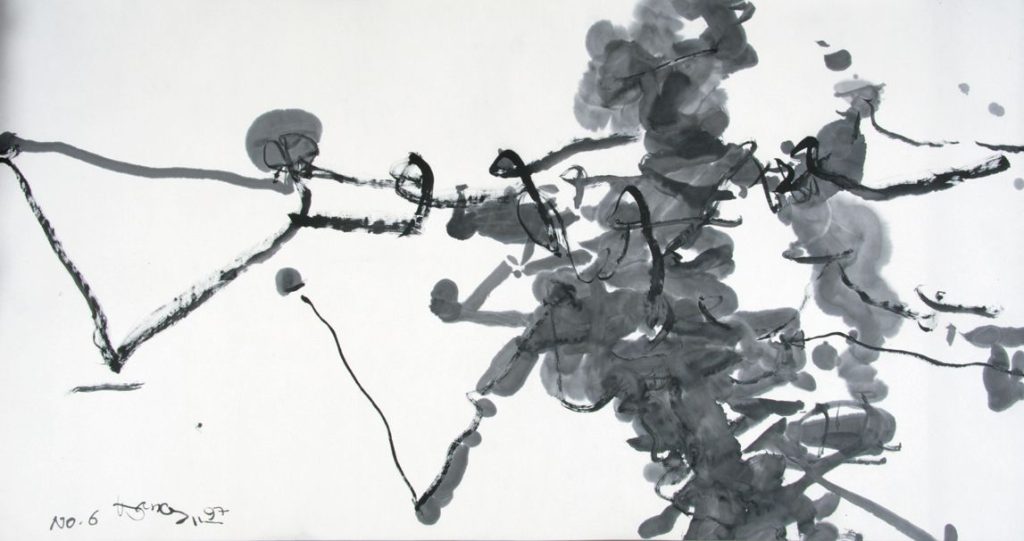
对于这类水墨,大家所着力的仍然是新的一方面,强调其新在何处,于是图式、技术语言以及观念的变革便被反复地强调。受此文化诉求的召唤以及一些先行者的影响,我们看到了不少试图连接传统与当代两端的套路化表达,比如将水墨用笔变为重复的印记,将传统的元素加以现代空间的组装或者将现代的主题、形象以传统的结构编排等等。传统与当代的关系以及传统到底能够给当代带来什么?我想,应该不是如此这般简单。
For this type of ink and wash, everyone is still working on a new aspect, emphasizing on where it is new, so the changes and innovations in the pattern, technical language, and concepts are repeatedly emphasized. Affected by this cultural appeal and the influence of some pioneers, we have seen a lot of attempts to try to connect the traditional and contemporary expressive patterns, such as turning the use of ink and brush into repetitive traces, assembling traditional elements into modern spaces, or combining modern themes and images and arranging them in a traditional structure and so on. In this relationship between tradition and contemporary times, what exactly can tradition bring to contemporaneity? I think the answer should not be so simple.
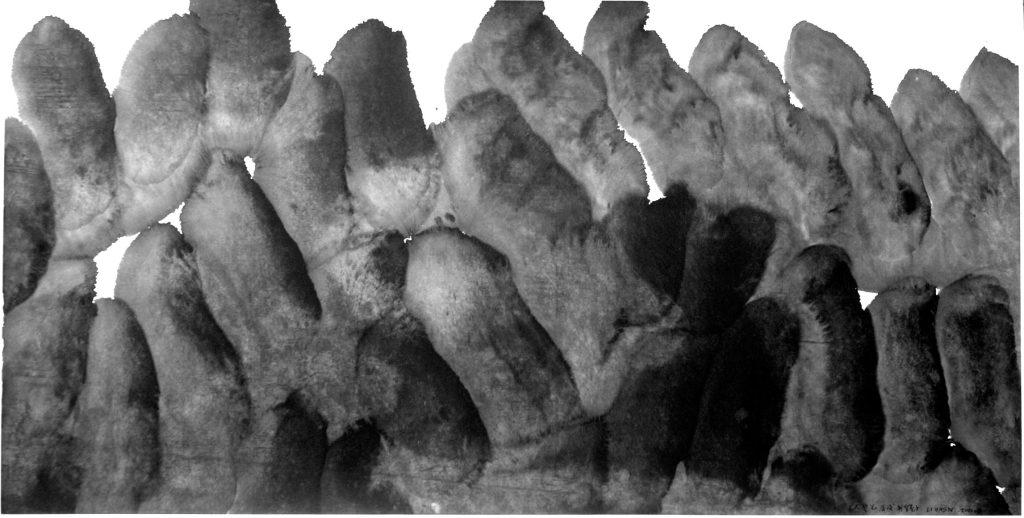
今天,一些重要的古代绘画展所引起的当代艺术界的关注程度是前所未见的。比如上海博物馆的“翰墨荟萃:美国藏中国五代宋元书画珍品展”,成了那一年中国当代艺术圈热议的话题。有些当代艺术家和批评家对于古代绘画不止是初步涉猎,他们反复观摩,并对与之相关的艺术史研究所知颇多。在新的研究视野和观看方式底下,古代并不是遥不可及的过去,而是成为颇为当代的问题。一是打破过去主流的古代绘画视域的各类题材带来了新颖感;二是即便众所周知的经典之作,因为研究视角的不同而不断被刷新认识。
Today, some important ancient painting exhibitions have attracted unprecedented attention from the contemporary art world. For example, the Shanghai Museum’s “Masterpieces of Early Chinese Painting and Calligraphy in American collections” became a hot topic in the contemporary Chinese art circle that year. Some contemporary artists and critics are not limited to preliminary dabbling in ancient painting, they have repeatedly observed and learned a lot about the art history research related to it. Under new research horizons and ways of viewing, ancient times are not an unreachable past, but rather a contemporary issue. One is that the various themes that break the mainstream of the ancient painting horizon of the past have brought a sense of novelty; the second is that even the well-known classics are constantly being refreshed due to different research perspectives.
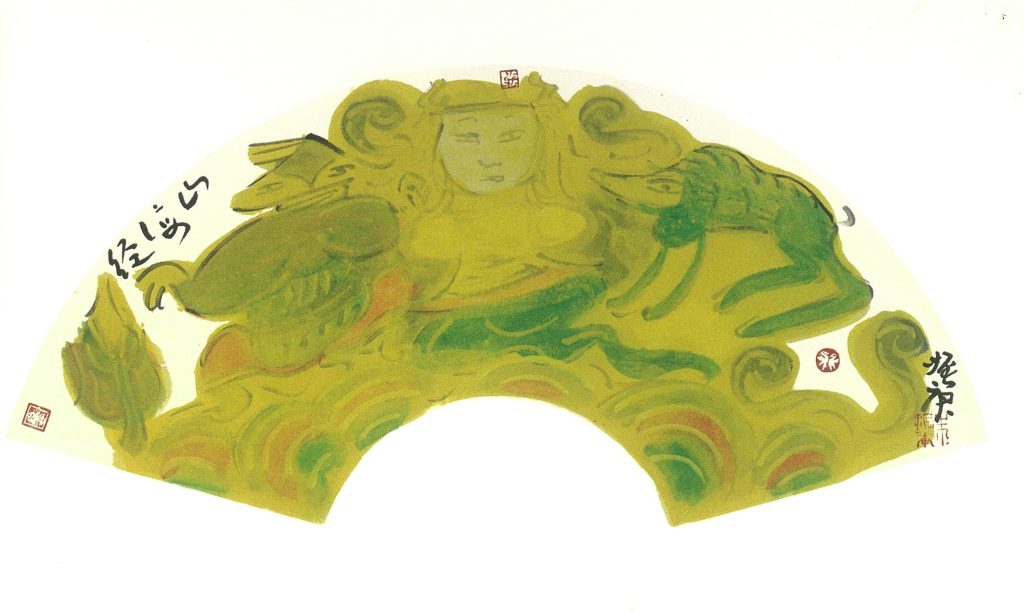
曾有一位艺术史家就对“翰墨荟萃”展的某幅长卷作了非常细致的当代视角的解读。过往的历史故事如同电影蒙太奇镜头一样生动地浮现于当代人的眼前。我想,这当中自然存在很大的想象的成分,古人的观看跟经过了机械媒介洗礼的当代人的观看肯定不同,但这样的穿越时空的细读无疑带来了富有智性的思想激荡。诚如皮道坚、鲁明军编《另一种现代性,还是当代性?》论文集序言所说的:“‘当代’是一种认知方式,一种理解角度。譬如,一个古代的遗物,或一个现代事件,如果赋予它一个当代的场域或理解方式,它便不再是古代或现代,而是当代。”因此,重要的是认知的转换,而不是将“古代”当作割裂的当代材料。
There was once an art historian who gave a very detailed interpretation in a contemporary perspective about a hand scroll at a Shanghai exhibition. Historical stories and facts of the past on film montage shots, emerge vividly before the eyes of contemporary people. I think there is naturally a lot of imagination in this process, the point of view of the ancients is definitely different from that of the contemporary people who have been baptized by the mechanical media, but this kind of careful reading through time and space undoubtedly brings intellectual excitement. Just like Pi Daojian and Lu Mingjun’s “Another Modernity, or Contemporaneity?” The preface of the collection of essays says: “‘Contemporary’ is a way of perception, an angle of understanding. For example, if an ancient relic or a modern event is translated in a contemporary situation or way of understanding, it will no longer be ancient or modern, but it will be contemporary.” Therefore, what is important is to recognize the conversion, rather than treating the “ancient” as a fragment of the contemporary material.
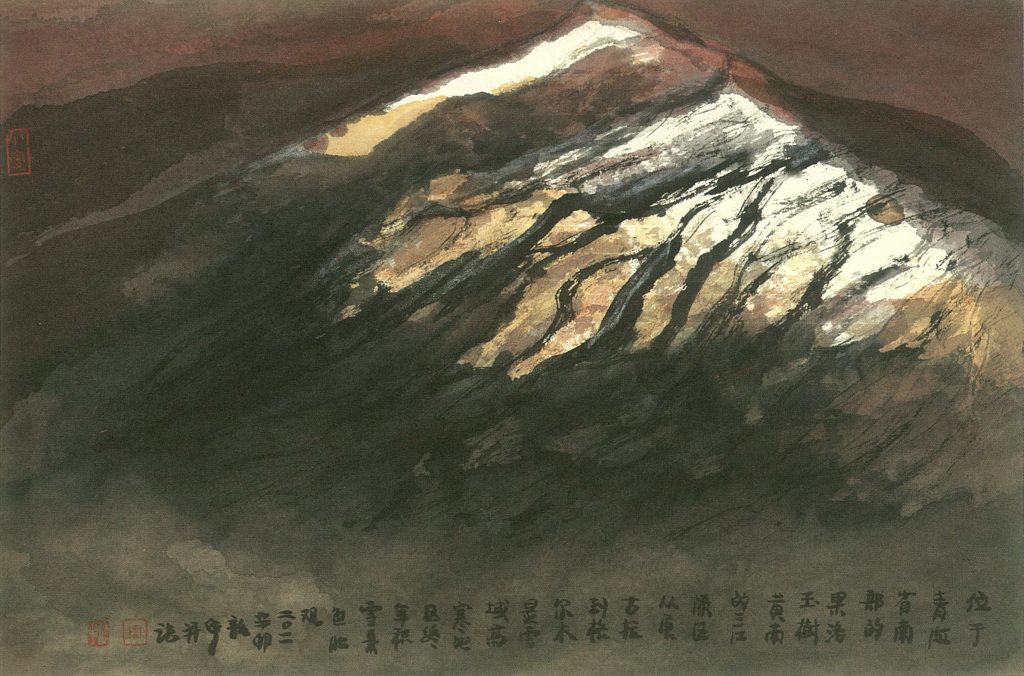
一方面是古物可以赋予新义,另一方面则是古代的话语方式也可被重新激活来对应当下的事物。比如第八届深圳国际水墨双年展上,策展人之一付晓东所组织的“水墨图学·原型研究”部分,以“云水阁”、“花石纲”、“神女列传”、“佛造像”、“山海经”分别代表中国古代不同形象体系的词汇来对应业已发生巨大变化的与传统关联的各类当代艺术图像,所带来的是有渊源的图像、思想传承谱系与当代艺术思维的撞击,它拓展了新水墨的创作与认知视界。
On one hand, antiquities can be invested with new meanings, on the other hand, the ancient ways of discourse can also stimulate a new understanding of the object. For example, at the The 8th International Ink Art Biennale of Shenzhen, one of the curators Fu Xiaodong organized the Ink Art Graphics·Research on Archetypes divided in five sections, featuring “Pavilion of Clouds and Water”, “Flower-and-Rock Project”, “Goddess Biographies”, “Buddha Statue” and “The Classic of Mountains and Seas” respectively represent the vocabulary of different image systems in ancient China to correspond to the various contemporary art images, that have undergone tremendous changes that are associated with the tradition. What they bring is an image with a history, the inheritance of a lineage of thought that dashes against the contemporary thinking and this has expanded the creative, and cognitive horizons of the “New Ink Art”.
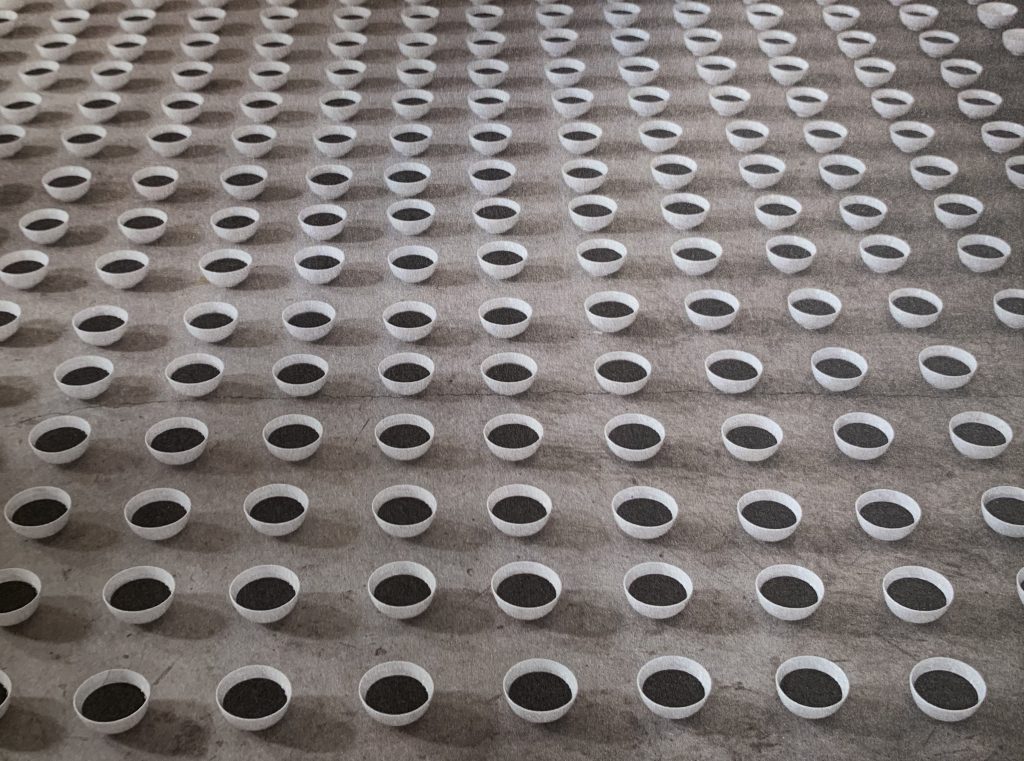
与新水墨相对的除了传统水墨,还有受徐蒋体系影响的写实水墨。这种写实水墨的建构也经历了好几个阶段。清末民初就开始了引西方写实手法改造中国画的探索,但在那时以水墨展现社会场景的图像中,我们看到的大量的还是未脱离传统程式的表达,只不过内容加入了不少现代事物,这使得画面具有某种戏谑感。徐悲鸿等人的努力让中国画的人物和场景产生了合乎现代观看的实体感。而在新中国成立后的新国画运动中,受形势的催逼,不少艺术家力求建立的是符合特定时代的意识形态,从内容到形式,全面地与新时代进行对接的水墨视觉语言。我们不能抛开某个时代的语境来看待其艺术探索的特点。在当代,它不存在一种线性演进的关系。在成熟地操作着既有写实水墨程序的艺术家看来并不完善、甚至笨拙的、在历史变革中挣扎着的一些表达形态却得到了复活。这背后涉及到整个社会观念的转换,各种画风画派话题的此消彼长,实际上均与人们的趣味与认知变化联系在一起。
In contrast to the Xin shuimo, besides traditional ink art, there is also the realistic ink art influenced by the Xu-Jiang system. The construction of this realistic ink and wash has also gone through several stages. At the end of the Qing Dynasty and the beginning of the Republic of China, the exploration of introducing Western realistic techniques to transform Chinese painting began. However, in the images showing social scenes in ink and wash at that time, we saw a large number of expressions that did not deviate from the traditional formula, but were content that added a lot of modernity, which makes the picture give a funny impression. The efforts of Xu Beihong and others gave to the human figures and scenes of Chinese paintings a sense of reality that fits modern viewing. In the New Chinese Painting Movement after the founding of New China, driven by the situation, many artists strive to establish a visual language of ink and wash that conforms to the ideology of a specific epoch, from content to form, to fully connect with the new era. We cannot put aside the context of a certain era to look at the characteristics of its artistic exploration. In the contemporary era, it does not have a linear evolutionary relationship. Artists who maturely operate the existing realistic ink art programs seem to be imperfect, even clumsy, and some forms of expression that are struggling in historical changes have been resurrected. Behind this involves the transformation of the entire social concept, and the ebb and flow of the topics of various painting styles or painting schools are actually related to the changes in people’s taste and cognition.
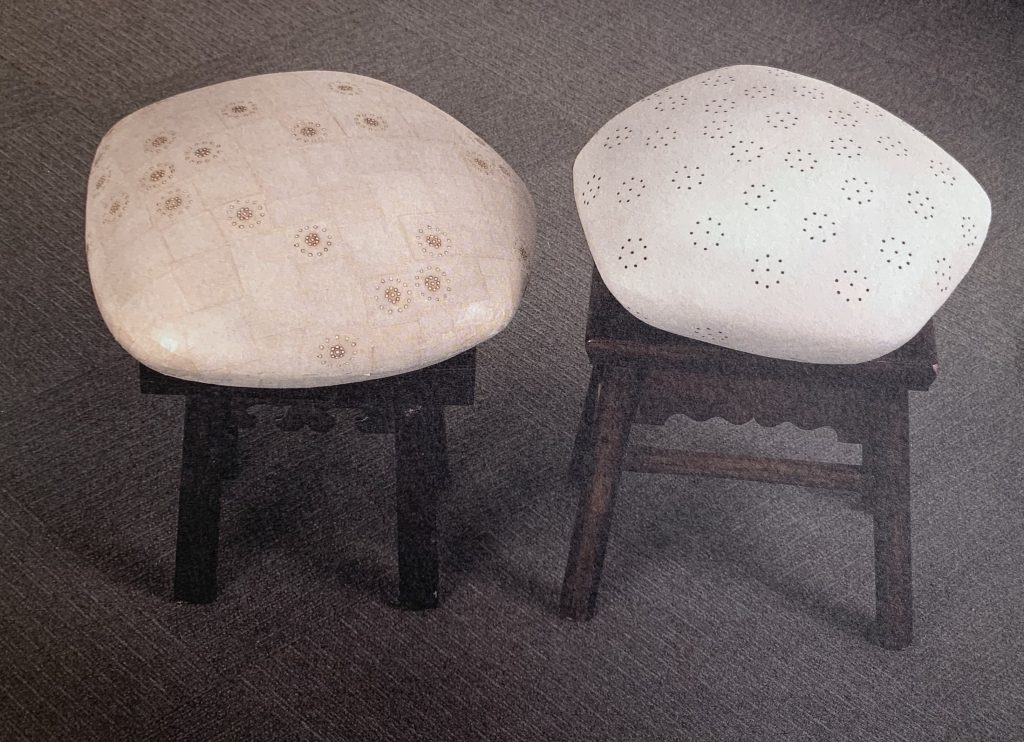
因此,所谓的“旧水墨”随时可能变成“新水墨”,关键是它能否拿到或者以何种方式拿到当代的场域来讨论;而失去了思维动力的套路并不会因为拼贴了一些当代的符号而置身“新”的行列。
Therefore, the so-called “Old ink Art” may become “New ink Art” at any time. The key is whether or not it can be obtained or in which way it can enter in the contemporary field for discussion; and the creation routine without thinking power and motivation will not be in the “new” ranks because it is just a collage of some contemporary symbols.
Read the full magazine
